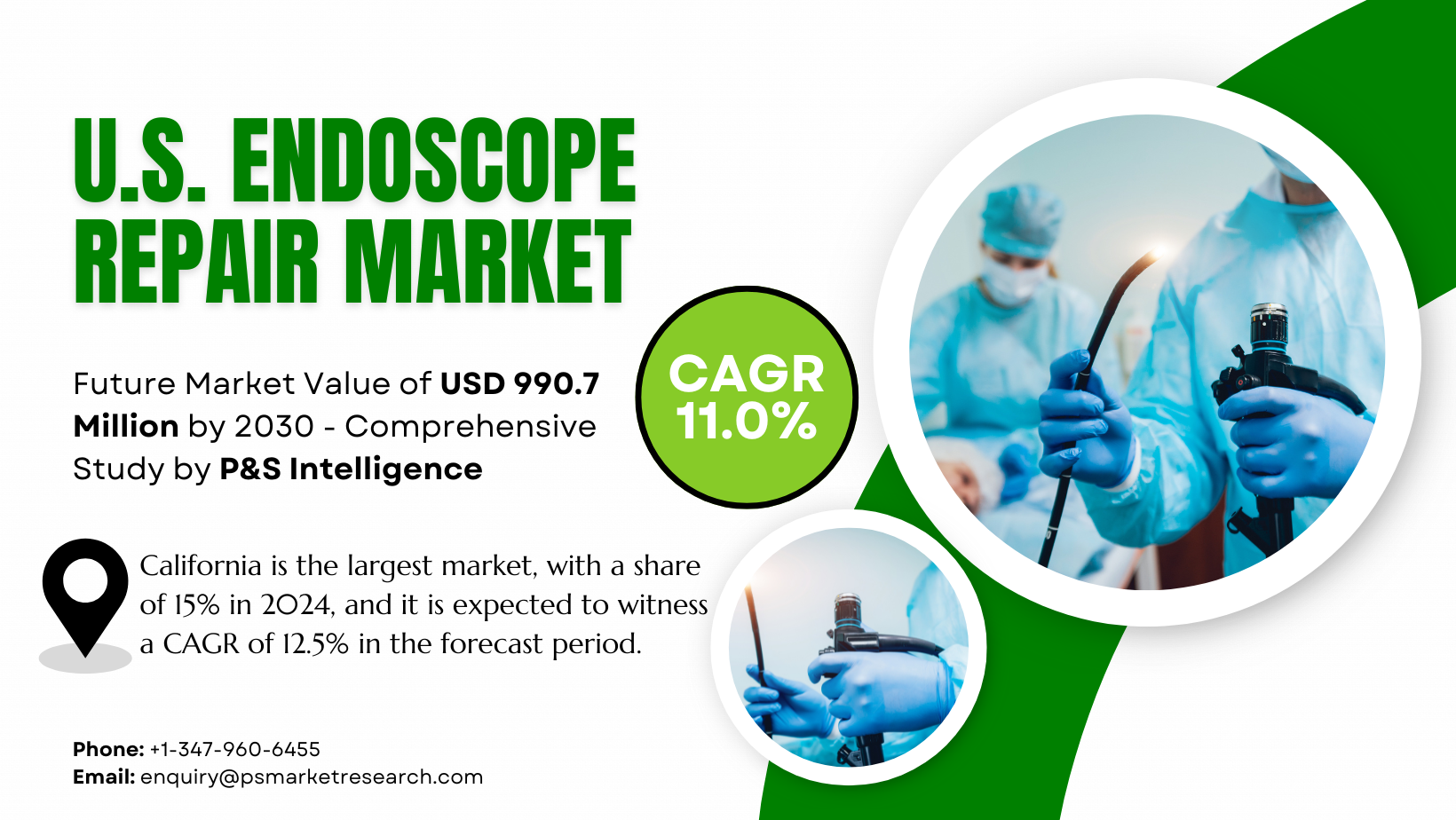According to the latest market research study published by P&S Intelligence, the global contactless biometrics market is experiencing significant growth, projected to reach a value of USD 81.6 billion by 2032, up from USD 21.5 billion in 2024, growing at a compound annual growth rate (CAGR) of 18.3% during the forecast period (2025–2032).
The adoption of contactless biometric technologies is driven by increasing security concerns, advancements in biometric systems, and government initiatives supporting their implementation. Contactless biometrics are widely used across sectors, including government, defense, transport, healthcare, and financial institutions, with applications ranging from criminal identification and access control to seamless travel experiences. The market is also benefiting from the surge in contactless payment systems and rising awareness of digital identity security.
Key Insights
Segmentation Analysis:
The software segment holds the largest market share, contributing over 45% in 2024. This segment is expected to see the fastest growth due to the increasing demand for software solutions that enhance compatibility and security features across devices.
Face recognition technology dominates the market, driven by its widespread use and high security. Iris recognition technology is expected to experience the highest growth, as it offers advantages over facial recognition, particularly in terms of accuracy and security.
Regional and Geographical Trends:
North America is the largest market for contactless biometrics, with Asia-Pacific emerging as the fastest-growing region. This growth is attributed to the increased adoption of biometric systems in public and private sectors, especially in countries like India, where initiatives such as Aadhaar’s contactless biometric verification are expanding.
The government sector remains the largest revenue contributor, with significant adoption seen in airports, government buildings, and immigration checkpoints for enhanced security and seamless operations.
Technological Advancements:
AI and machine learning technologies are increasingly being integrated into contactless biometric systems, improving accuracy and performance. Additionally, advancements in facial recognition software and hardware are facilitating the growth of contactless payments and security systems.
The demand for contactless biometric cards is rising due to their convenience in transactions, especially in sectors like banking and retail.
Competitive Dynamics and Opportunities:
Major players are focusing on enhancing facial recognition systems and expanding their portfolios in contactless biometric solutions. As the technology becomes more affordable, companies are leveraging it to improve security in both public and private sectors.
Rising concerns over identity theft and fraudulent activities are driving demand across sectors such as banking, defense, and healthcare, creating opportunities for companies to innovate and provide integrated biometric solutions.
This expansive growth in the contactless biometrics market is reshaping security standards across various industries, offering businesses new avenues for growth through advanced biometric technologies.








